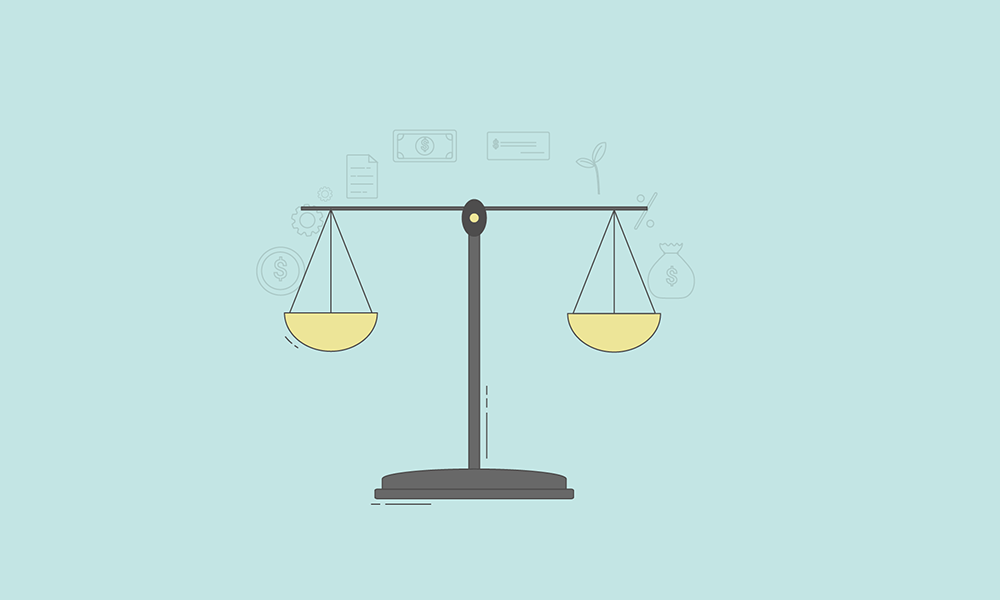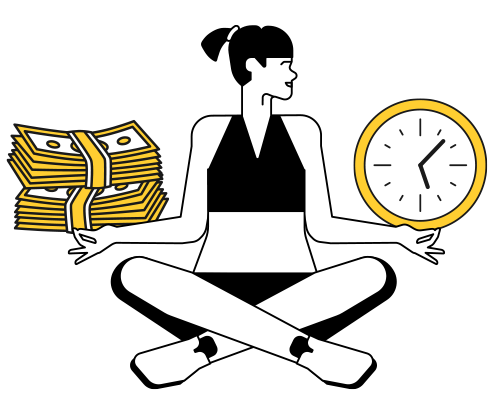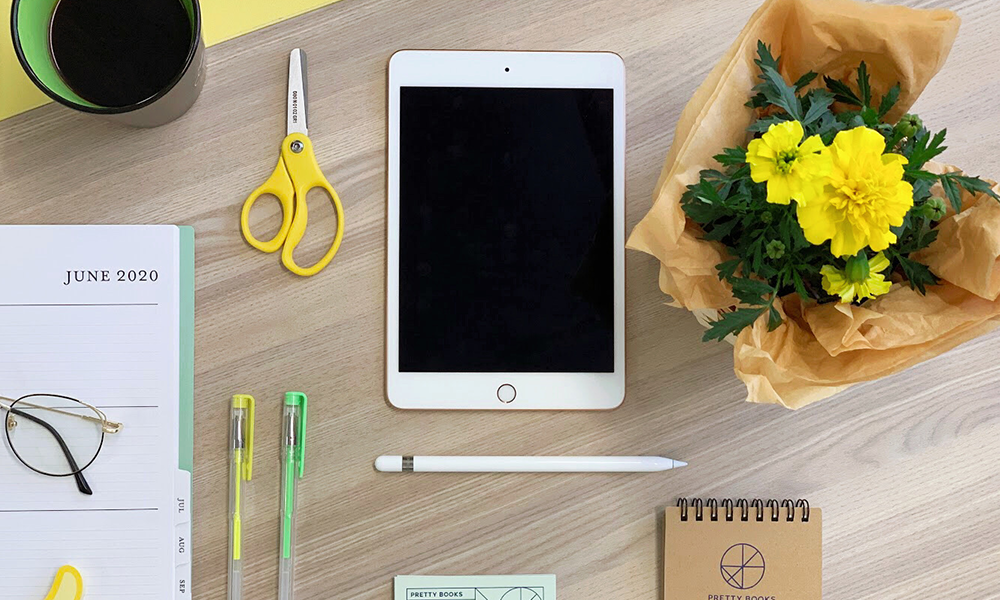Susan and her neighbor have a better picture of how their businesses are doing by maintaining and understanding their profit and loss from sales and services provided. But what if they’d like a big-picture look at their business? What happens to their assets and liabilities?
This is where a balance sheet comes in. A balance sheet is a report displaying what a company owns (assets) and owes (liabilities), as well as long-term investments.
Tend to get lost when reading your balance sheets? Don’t understand what it really tells you? Don’t worry: Pretty Books to the rescue!
Reveal the bare necessities of balance sheets
Essentially, the balance sheet is broken down into three aspects: assets, liabilities, and equity. By analyzing these three amounts from your balance sheet, you’ll be able to better assess the financial position of your business.
Assets
Assets are any resources owned by a business that can provide some type of future economic benefit (say “Hello” to the money coming in to your bank account!).
- Cash and cash equivalents: Most liquid assets, such as Treasury bills (T-bills) and short-term certificates of deposit (CDs)
- Accounts receivable: Any money your customers owe you
- Inventory: All your company goods currently available for sale, raw materials, work-in-progress, and finished goods (but may not be applicable to your company)
- Fixed assets
- Investments
- Goodwill or intangible assets
Liabilities
Liabilities are what your small business owes to others.
- Debt: Money you owe, including long-term debt and bank indebtedness
- Customer advances
- Taxes payable
- Wages payable
- Dividends payable
Shareholders’ Equity
The shareholders’ equity represents the net worth of your business. It’s also the money left over after paying off all liabilities in the event of liquidation and would be the amount returned to shareholders (say “Thank You” to those that support you!).
- Owner’s contribution
- Common stock
- Retained earnings
- Additional paid-in capital

Balance sheet value is in the eye of the beholder
There’s more to balance sheets than meets the eye! Apart from seeing a simplistic overview of what’s going in and out of your small business, a balance sheet shows how liquid and solvent a small business is and how efficient it is.
A simple way to think about liquidity is how well you can cover your current liabilities with your current assets. On the other hand, solvency, is how well you can cover all of your debts, short-term and long-term. Thinking in terms of a scale, cash is the most liquid asset you can have since it’s easiest to use immediately, followed by stock, and then land or equipment.
With these insights gained from a properly-prepared balance sheet, you’ll be able to ease the job of your accountant or hired accounting company when developing cash flow statements and completing cash flow forecasting.
We all know how dreadful a lot of these financial statements may seem to be when it comes to deciding how often you should create or read them. While there isn’t a requirement for how often you should create balance sheets, it’s best to do them as frequently as possible; this way you will have a better and clearer picture of how your small business is faring (we promise it’s not too scary).
Something to note: balance sheets are required to be maintained if your small business files taxes as a S corporation.
No need to stress; all you have to do is dream
At the end of the day when you’ve got mountains of documents and statements sitting on your desk, it’s probably best to keep your fifth coffee of the day away from your profit and loss statements and your balance sheet. When you put them side by side, these financial documents will do wonders when you’re sitting there dreaming of how efficient your small business can be or what direction your small business is or should be going.
Not convinced your balance sheets are accurate? Still need more guidance on your small business’ financial status?
Contact us with any questions you may have or if you’d like to learn more about our services!
Share this article




